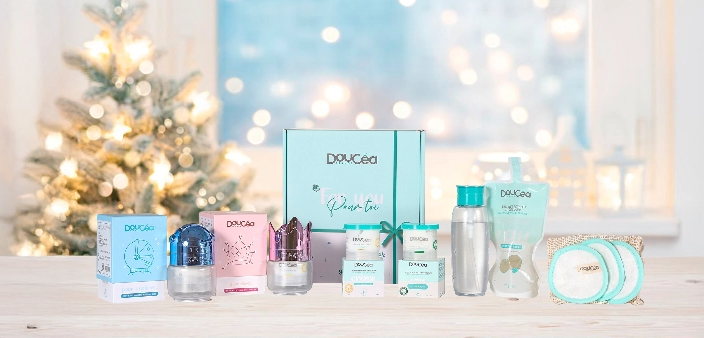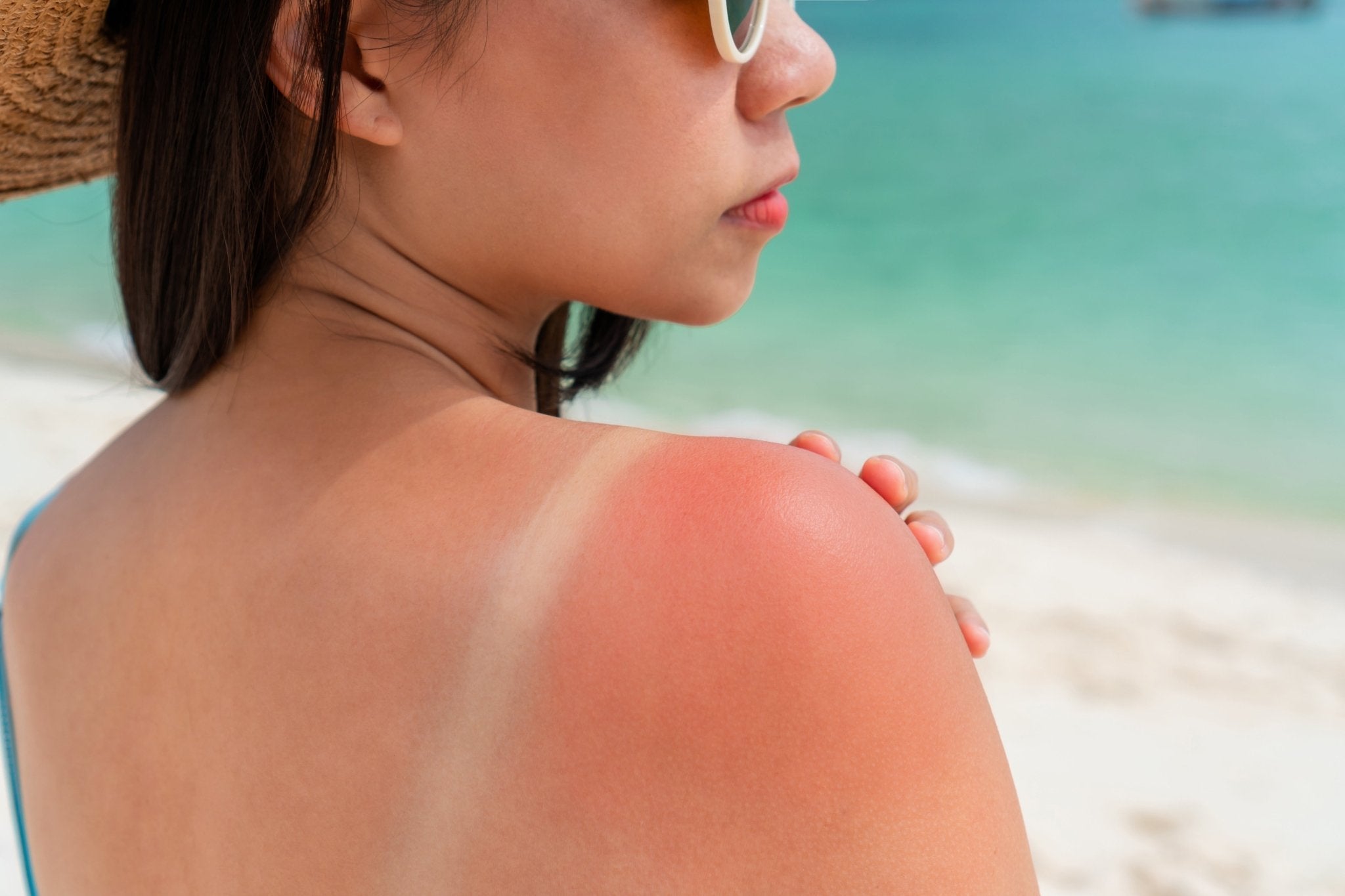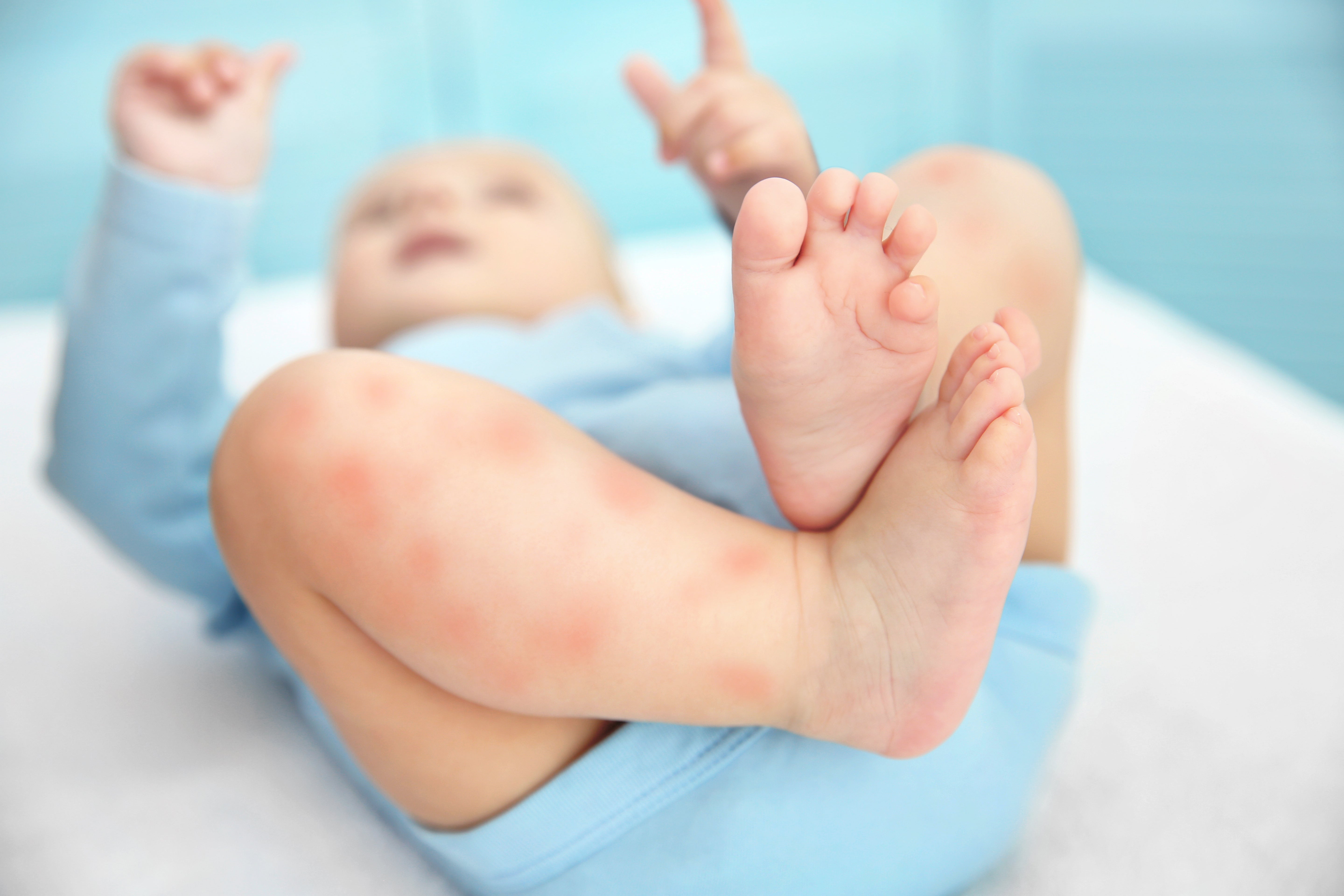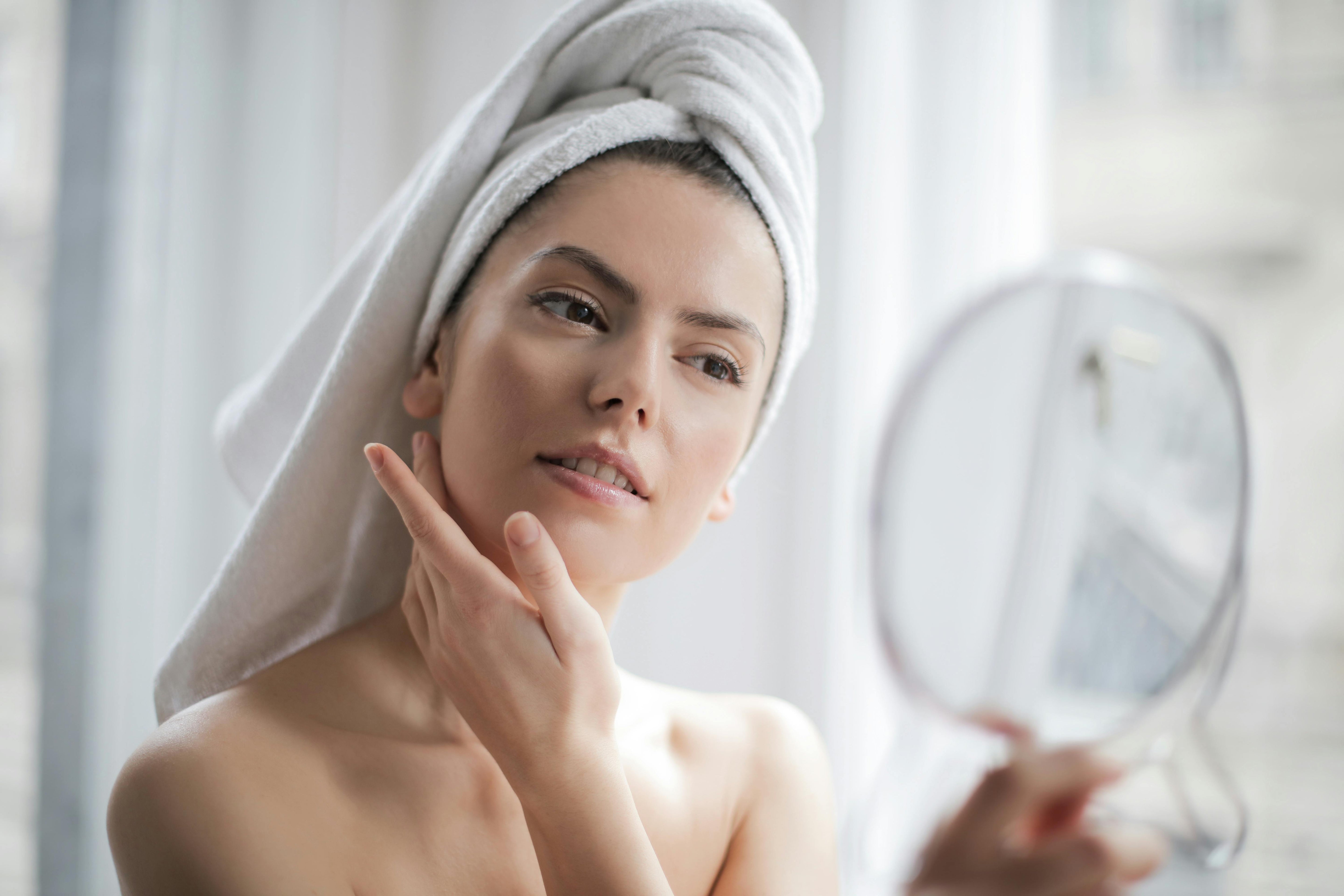We’ve all been there—an afternoon in the sun, a beach trip that ran a little too long, and then... the sting. A sunburn. This common skin injury, often underestimated, calls for proper care. But what should you put on your skin to soothe and repair the damage? In this article, we break down what a sunburn actually is, how your skin reacts, and—most importantly—how to choose the right after-sun cream to help it heal.
We’ll explore the best ingredients to look for (and which ones to avoid), with special advice for treating babies and children, whose skin is especially delicate. All in clear, dermatologist-backed language—no fluff, just what works.
What Happens to Your Skin During a Sunburn?
A sunburn is more than just redness and discomfort. It’s a real burn—an inflammatory reaction caused by overexposure to UV (ultraviolet) rays. UVB rays damage the upper layers of your skin, while UVA rays penetrate deeper and contribute to long-term cellular damage. Together, they trigger a chain reaction: blood vessels dilate (causing redness and heat), the immune system kicks in, and the skin becomes inflamed, sore, and sometimes swollen.
In severe cases, fluid-filled blisters may appear, indicating a second-degree burn—at which point, you should definitely see a doctor. More commonly, sunburns are first-degree burns, leaving the skin red, dry, tender, and sensitive. With the right care, they heal in about a week—but repeated sunburns can cause long-term skin damage and increase the risk of premature aging and skin cancer.
Why Use an After-Sun Cream?
As soon as you notice a sunburn, applying an after-sun product can make a world of difference. The best ones do more than just cool you down—they help your skin recover. Here’s what to look for in a good after-sun product:
1. Soothing Relief
Ingredients like aloe vera, menthol, or chamomile provide immediate cooling and reduce inflammation. Aloe vera, in particular, is a natural anti-inflammatory that calms and hydrates sunburned skin effectively.
2. Deep Hydration
Sunburned skin is dehydrated and damaged. Look for moisturizers with hyaluronic acid, glycerin, shea butter, or natural oils (like jojoba or almond oil) to replenish lost moisture and restore the skin’s barrier function.
3. Repair and Regeneration
Panthenol (vitamin B5), Centella Asiatica (also known as tiger grass), and allantoin are powerhouse ingredients that help speed up skin regeneration and tissue repair. Keeping the skin well-moisturized encourages faster healing.
4. Antioxidant Protection
UV exposure generates free radicals that damage skin cells. Antioxidants like vitamin E, vitamin C, and green tea extract can help neutralize those radicals and protect your skin from further harm.
5. Prolong Your Tan (Bonus!)
A well-hydrated skin peels less, which means your tan lasts longer. Most after-sun products have a lightweight, pleasant texture that makes daily application easy and enjoyable.
The Best Ingredients to Look For

When shopping for an after-sun lotion or cream, check the label for these skin-loving ingredients:
-
Aloe Vera: Calming, cooling, and healing.
-
Panthenol (Vitamin B5): Speeds up skin recovery.
-
Allantoin & Bisabolol: Soothe irritation and reduce redness.
-
Calendula & Oat Extract: Calm itching and inflammation.
-
Plant Oils (Jojoba, Almond, Avocado): Restore skin lipids.
-
Hyaluronic Acid & Glycerin: Boost hydration.
-
Vitamin E & C, Green Tea Extract: Antioxidant protection.
-
Thermal Spring Water: Gentle relief for sensitive skin (common in French dermo-cosmetics).
What to Avoid on Sunburned Skin
Some ingredients do more harm than good when your skin is already inflamed. Skip anything that might irritate or slow healing, such as:
-
Petroleum-based products (Vaseline): These trap heat and can make the burn worse.
-
Lidocaine or Benzocaine: Topical anesthetics may cause allergic reactions.
-
Fragrance & Alcohol: These can sting and dry out the skin.
-
Essential oils: Often too harsh for sunburnt skin.
-
Scrubs or Retinol: Don’t exfoliate! Wait until the skin has fully healed.
Stick to clean, gentle formulas. If in doubt, choose hypoallergenic and dermatologist-tested options.
Special Care for Babies and Kids
Children’s skin is more sensitive to UV rays and more prone to sunburn—even after just 15 minutes outside. Sunburns in childhood are strongly linked to future skin cancer risks, so prevention is key. But if your little one does get burned, here’s what to do:
First, assess severity:
If your child has fever, blisters, widespread redness, or signs of dehydration, call a doctor. For minor redness without other symptoms, home care is usually sufficient.
Cool down gently:
Give a lukewarm bath with a handful of baking soda or colloidal oatmeal. This calms the skin and helps your child relax. Pat the skin dry—don’t rub—and dress them in loose, breathable cotton.
Use a gentle after-sun cream:
Products like APAISÉA (hydrating, calming) or DOUTOPIA (soothing, reparative with Centella Asiatica) are excellent options. Both contain natural oils, prebiotics, and vitamin E to comfort and heal fragile skin.
Hydrate from the inside:
Make sure your child drinks plenty of fluids—water, milk, diluted juice—to stay hydrated and help their skin recover.
Monitor the healing:
Watch for blisters or unusual symptoms. If anything seems off, call a pediatrician. But most minor sunburns in kids resolve within a few days with proper care.
Sunburn Prevention: The Golden Rule
The best way to treat a sunburn? Avoid getting one. Here’s how:
-
Stay in the shade between 11 a.m. and 3 p.m.
-
Use broad-spectrum SPF 30+ (or SPF 50+ for kids and fair skin)
-
Reapply sunscreen every 2 hours, and after swimming or sweating.
-
Wear UV-protective clothing, hats, and sunglasses
-
Keep babies under 6 months out of direct sunlight.
-
Don’t be fooled by clouds—UV rays still pass through.
Final Thoughts
Sunburn is more than a summer inconvenience—it’s a sign your skin has been injured and needs help. A well-chosen after-sun cream can soothe, hydrate, and support healing, reducing the risk of long-term damage.
Go for formulas rich in aloe vera, panthenol, and antioxidants. Avoid irritating ingredients. And above all, give your skin the rest and protection it needs to recover.
Whether you're caring for yourself or a sunburned child, the message is the same: treat the skin gently, act quickly, and protect it going forward.
Your skin will thank you.
















